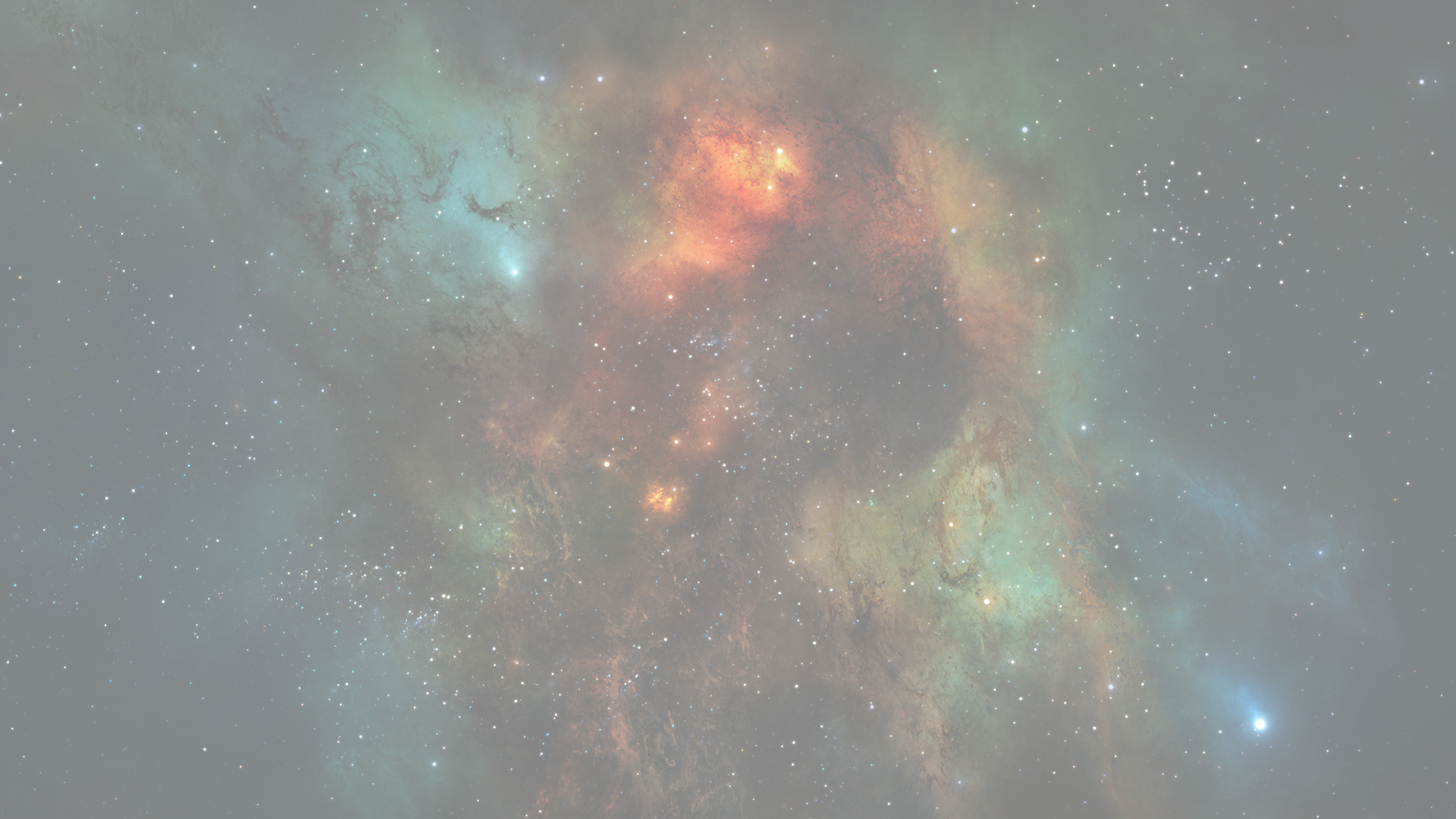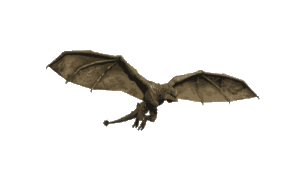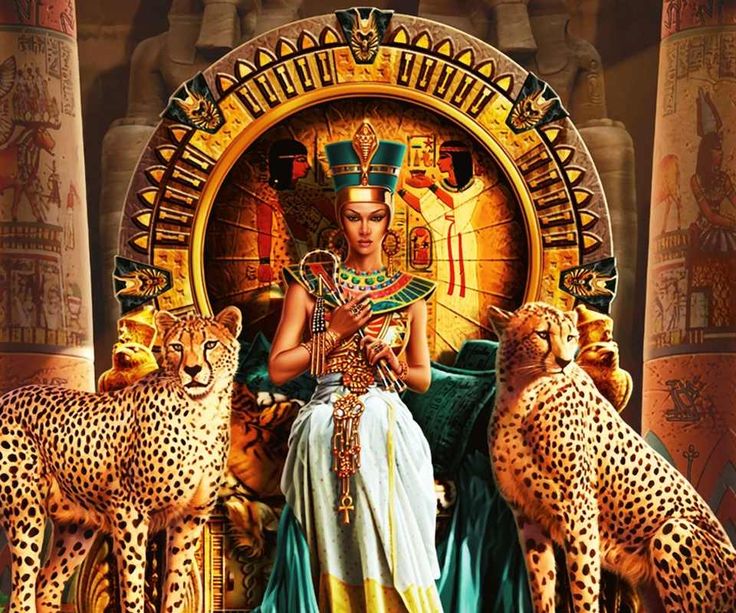Religion
Basics of Kushite Religion
The oldest evidence of religion in Sudan may be traced back to around 6000 BC (Khartoum Paleolithic). Funirary traditions encompassing the positioning of the deceased in burials, grave items, as well as a variety of other indicators on religious rites and rituals, provide valuable insights on the religion of the Kushites. Nevertheless, the material finds for Kush are too limited to allow scholars to make solid conclusions on the theology of the culture.
The Story of Creation:
According to the beliefs of the Kushites, before creation, the world was all covered with water.1 Then a mound of earth rose out of the water. On top of this mound, Atum the first god on earth, was born.
Bull figurines. C-Group. Originally courtesy of the Ernstvon Sieglin-Expedition and the Leipzig Ägyptisches Museum. Source: Wildung, Dietrich. Sudan: Ancient Kingdoms of the Nile.
 |
Atum then gave birth to Shu, the first man on earth, and Tefnut, the first woman goddess. Shu and Tefnu married and gave birth to Geb (the god of Earth) and Nut (god of the Skies). Geb and Nut then were responsible for giving birth to the most important gods in Kush; Osiris (god of the pharaohs), Seth (god of devastation), Isis (god of motherhood), and Nephthys (protector of the dead). Atum signified the concept of creation.
Atum was also believed to have created the heavens and earth. He was portrayed as an old man and sometimes with a ram head in connection to Amon. Re was the most publicly worshiped form of Atum, though the cult emerged as a universal god. The symbol of Re is a sun disk, which is found drawn on chapels of pyramids as well as on temples.
Jebel Barkal:
Jebel Barkal, in Arabic meaning the Holly Mountain, is located in Napata the capital of Kush. Both, the Kushites and the Egyptians believed that Jebel-Barkal was the site where life on earth has started. Thus, this mountain functioned, throughout the history of the Kushite civilization, as the center of religious life in Kush.
Source: Wildung, Dietrich. Sudan: Ancient Kingdoms of the Nile.
 |
There, numerous temples had been constructed, including the Amon temple where the major religious and political ceremonies took place inlcuding the annotation of pharaohs. During religious festivals, these temples would have gotten crowded with pilgrims who traveled from distant places to pay homage to the deities.
Ma'at:
Ma'at is the concept of order and righteousness that was required of rulers to adhere to, and judge by. The concept shaped Kushite politics and played a role similar to the constitution. According to Ma'at, however, the priests had the right to decide whether a king was ruling properly or not. If they decided that a ruler was inconsistent with the Ma'at doctrine, they could process an order that he or she commit a suicide.
The system of Ma'at, however, had also helped to preserve a sense of order and morality among the common people. Opposite to Ma'at was the God Seth, who was believed to cause disorder and challenge moral behavior igniting evil acts. Yet, in the religious rituals, Seth was not necissarily evil. He had an important role to play in accomplishing balance within Maat. This concept remained the main doctrine in Kush throughout its pagan history.
| Amon:
Material items found at the Deffufa temple in Kerma (built around 1600 BC) helped scholars understand the origins of Kushite belief systems. There, statues of Amon, the ram-headed the creator god, were clearly labeled and sculptured. At a later date, this cult was worshiped in Thebes and became the most prominent god in ancient Egypt.
Throughout the history of Kush, Amon remained the chief deity, which greatly shaped the order in which the Kushite pharaohs ruled. One inscription states that King Tanwetamany attacked the Assyrians in Lower Egypt as a response to a vision that he saw in sleep that Amon assured his success. Again, when Tanwetamani withdrew his forces from Lower Egypt, Herodotus tells us that the King's action was a result of a dream, in which God Amon told him to withdraw.
The Kushites believed that the priests had their spiritual ways to communicate with God Amon in order to consult with him on the election of the righteous king from among the candidate family members. At Amon Temple in Napata, in front of the cult of Amon in the holly sanctuary of the temple, the chosen Kushite king was anointed and declared pharaoh.2
|
Statue of the God Amon. From Gebel Barkal. Courtesy of the Harvard University-MFA Boston Expedition and the Khartoum National Museum. Source: Wildung, Dietrich. Sudan: Ancient Kingdoms of the Nile.
 |
|
|





